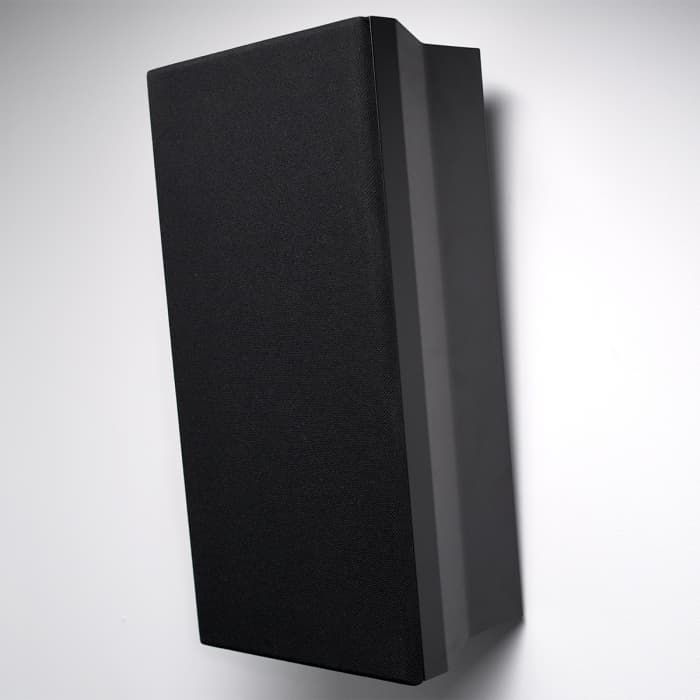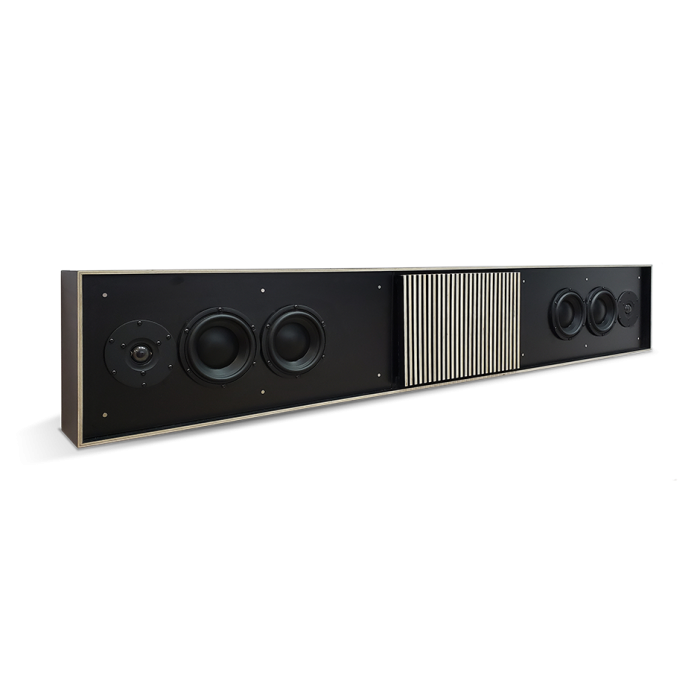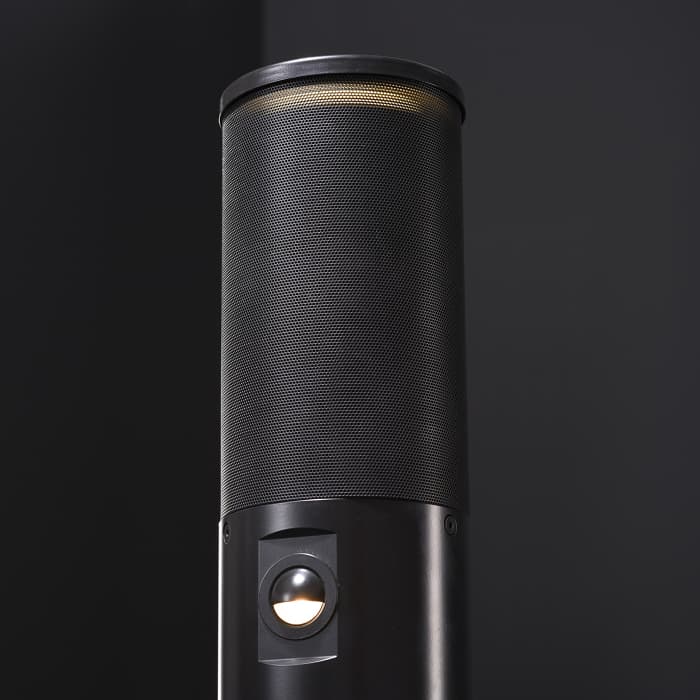Pairing Amplifier & Speakers: In-Depth Guide
In the intricate space of audio components, the synergy between amplifiers and speakers forms the backbone of a stellar sound system. Crafting the perfect union between these two elements requires a thoughtful understanding of their unique characteristics, ensuring the resulting harmony elevates your listening experience to new heights.
In the following article, we’ll look deeper into how to pair audio equipment, specifically speakers and amplifiers. Let’s explore how this dynamic duo can transform your living space into an auditory haven. Read on!
How do you match an amplifier to speakers?
When you want to pair whole-home speakers and amplifier, remember to keep in mind that this is a nuanced process that combines technical precision with subjective preference.

The essence of compatibility
Selecting the right amplifier for your speakers is akin to finding the perfect dance partner – it’s about compatibility, synergy, and creating a seamless connection. Amplifiers and speakers are integral components of any audio setup, and their harmonious pairing is crucial for achieving optimal sound quality. The first step in pairing an amplifier and a home speaker system is understanding the characteristics of both components.
Power match
One of the primary considerations in matching amplifiers to speakers is power compatibility. The wattage of an amplifier should align with the power handling capacity of the speakers. Speakers are rated with a specific wattage range, often called RMS or continuous power. It’s essential to look at the amplifier and speaker matching chart and match the rating with the amplifier’s power output per channel. Overpowering speakers can lead to distortion and potential damage, while an underpowered amplifier may not unleash the full potential of the speakers.
Calculating speaker watts for amplifier
Calculating the required speaker wattage for your amplifier to ensure a harmonious pairing involves a straightforward formula. The goal is to match or slightly exceed the speaker’s power-handling capacity. The formula is:
- Amplifier Power≥Speaker Continuous Power HandlingAmplifier Power≥Speaker Continuous Power Handling
For example, if your speakers have a continuous power handling of 50 watts, it’s advisable to pair them with an amplifier rated at 50 watts per channel or higher. Doing so ensures that the amplifier can drive the speakers adequately without risking damage.
Understanding how to calculate speaker watts for amplifiers and applying this calculation is pivotal in achieving an optimal balance in power distribution, allowing both the amplifier and speakers to operate within their intended parameters for a rich and distortion-free audio experience.

Speaker sensitivity
Sensitivity is another critical factor in the compatibility equation. It represents how efficiently a speaker converts power into sound. Amplifiers with higher wattage output may not be necessary for speakers with high sensitivity. Conversely, lower-sensitivity speakers may benefit from more powerful amplifiers for optimal performance. Understanding your speakers’ sensitivity rating helps you select the best amplifier to deliver the desired volume levels without straining.
Impedance matching
Impedance, measured in ohms, is the electrical resistance of a speaker. Remember, when you want to pair audio equipment, most amplifiers and speakers are designed to work with a specific impedance (commonly 4, 6, or 8 Ohms). It’s crucial to match the impedance of the amplifier to that of the speakers. While many amplifiers can handle different impedance loads, deviating significantly from the recommended range can affect performance. Ensure that your amplifier and speakers are impedance-compatible for a seamless and efficient electrical connection.
Consider room size and listening environment
Beyond the technical specifications, the size of your listening space and the intended use also play a role in matching amplifiers to speakers. Larger rooms may benefit from more powerful amplifiers to fill the space with rich, detailed sound. Conversely, smaller rooms or setups for near-field listening may require less power. Consider the acoustic characteristics of your space and the type of content you enjoy to refine your amplifier and speaker selection further.
The room size and listening environment contribute to the overall audio experience, influencing the choice of amplifier power and speaker sensitivity. Considering these factors ensures the paired components align with your preferences and usage scenarios.
Crossover networks and speaker matching
Another vital aspect of matching amplifiers to speakers involves considering the presence of crossover networks. Crossover networks divide the audio signal into different frequency ranges, directing specific frequencies to dedicated speaker drivers such as subwoofers, tweeters, and mid-range drivers. Understanding your speakers’ crossover frequency points and slopes helps select an amplifier that complements these design features.
A speaker with a well-designed crossover network ensures that each driver receives the frequencies it is best equipped to handle, contributing to a more balanced and accurate sound reproduction. When choosing an amplifier, consider its ability to accommodate the impedance fluctuations caused by the crossover network, ensuring a cohesive and seamless integration of all frequency components.

Trial and error
While technical specifications provide a solid foundation, personal preference also plays a role in the audio experience. Sometimes, trial and error is the best way to determine a perfect match. Auditioning different amplifiers with your speakers allows you to gauge their interaction in your specific environment. Trust your ears and choose a combination that delivers your desired auditory characteristics.
Auditioning different combinations of amplifiers and speakers provides valuable insights into the nuances of sound reproduction in your unique space. The trial-and-error approach allows you to fine-tune your selection based on subjective preferences, ensuring a customized audio experience tailored to your liking.
Who can I trust to pair my amplifier and home speaker system?
When entrusting the pairing of your amplifier and home speaker system for your space near Denver Zoo, turn to the experts at Liaison Technology Group. Our home automation solutions redefine the listening experience, offering a blend of sophistication and simplicity. Whether it’s streaming services or your vinyl collection, embrace the future of audio customization and immerse yourself in a world where your audio preferences are anticipated and met.
